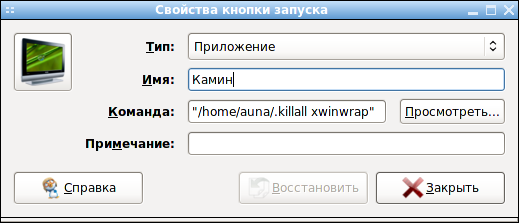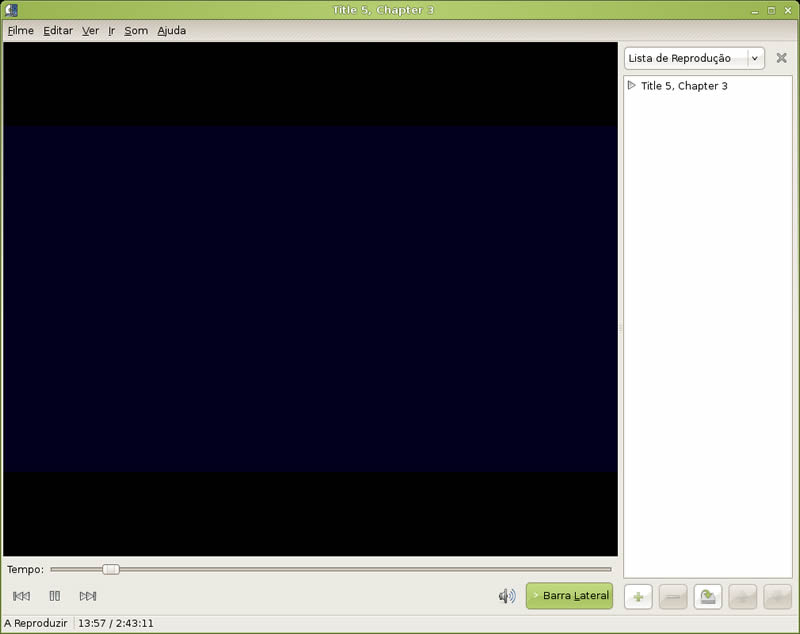

- KDE MPLAYER THUMBNAILER KBUNTU FULL
- KDE MPLAYER THUMBNAILER KBUNTU SOFTWARE
- KDE MPLAYER THUMBNAILER KBUNTU WINDOWS
Overall, you can extend functionalities on both, but if you want more options, KDE takes the edge. Not to forget, tools like KDE Connect offer extra abilities, letting you connect your phone with your PC. So, it becomes a seamless experience to add extra functionality or a theme without following a separate set of steps.
KDE MPLAYER THUMBNAILER KBUNTU SOFTWARE
Unlike GNOME’s inconvenient way of adding extensions from a browser (using another browser extension), you can access KDE’s add-ons using the Discover software center directly.
KDE MPLAYER THUMBNAILER KBUNTU FULL
On the other hand, KDE offers a bag full of add-ons, widgets, and application add-ons as well. Moreover, due to radical changes from one version to another, GNOME extensions could stop working with future releases. However, the extensions depend on the GNOME shell version. There are all kinds of extensions to improve your workflow and make things easy. GNOME extensions make it easy to do a bunch of stuff, like automating what workspace an app launches using the auto-move window switcher. You can head to GNOME’s shell extension website to explore options, or take a look at our list of the best gnome extensions. Extra Abilities: KDE vs GNOMEĪs mentioned earlier, GNOME offers extensions to add more functionality to your current configuration. If you like what GNOME offers and are willing to customize the experience with extra effort, you can also do that. GNOME is suitable for users who do not want many options. However, KDE gets the pick for users who want more control and customization options. Of course, it’s not an apples-to-apples comparison, considering both offer different GUI elements and layouts. So, you can expect a system-wide dark mode implementation and some improvements in look/feel. But, yes, you can customize the experience to a good extent.Īlso, note that GNOME 42 was not available as a stable release at the time of writing this. Instead, you will have to rely on GNOME Tweaks or extensions to make some changes. Not just the ability to customize, but you get a lot of control out-of-the-box for changing the theme, color, workspace effects, window management, and more without the need for any particular application/extension.įor some, the availability of options may not make a difference if you want to stick to the stock experience, no matter what.Īs for GNOME, you do not get a lot of out-of-the-box controls. For instance, the widgets in the system tray offer way more options than you get with the applets on GNOME. Note that the UI may not be as functional and rich compared to KDE. To some, it might look cleaner without a taskbar, but it is up to your preferences. There’s no start/app/menu button here you have to click on the Activity Overview to access your workspaces (or virtual desktops) and access the app menu from the same place. However, adjusting the workflow could take a while if you are already comfortable with the traditional Windows-like layout. There’s a take on preferences, but GNOME looks more attractive, in my opinion. The icons/theme/wallpapers may look better regarding modern standards. GNOME should suit you well if you are looking for a different and modern user interface design. GNOME, on the other hand, provides a unique desktop experience.
KDE MPLAYER THUMBNAILER KBUNTU WINDOWS
In fact, Windows has taken inspiration from KDE for some of its UI improvements, like the ability to adjust the volume by scrolling the volume icon in the taskbar.Īnd, KDE is known for its consistent look and feel, even with numerous improvements over the years.

The Plasma desktop aims to provide a traditional desktop layout that’s comfortable for most Windows users.ĭon’t let that fool you, though-it is simple to look at but focused on more functionalities. The user interface generally involves the type of layout, icons, theme, widgets, and other components of a GUI. The User Interface: Functionality vs Look However, for simplicity, we tend to use “KDE” instead of “Plasma”.

Here, we compare the Plasma desktop with GNOME. Note: KDE is the entire community of people working on various projects under its umbrella. Here, I plan to highlight the key differences to help you decide. You can go through our article explaining what a desktop environment is.Ĭhoosing a good desktop environment can help you improve productivity, workflow, ease of use, and the overall experience.Īnd, among the best desktop environments, KDE Plasma and GNOME are particularly popular. When it comes to Linux, the desktop environment is a big deal.Ī desktop environment makes up the graphical user interface (GUI) along with a set of applications that you get on your Linux distribution.


 0 kommentar(er)
0 kommentar(er)
